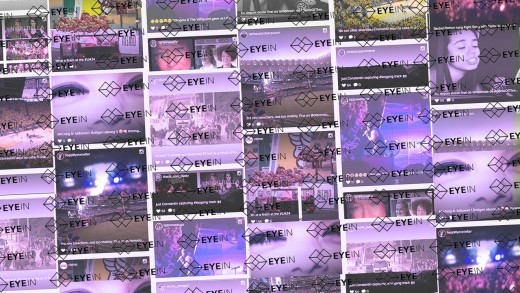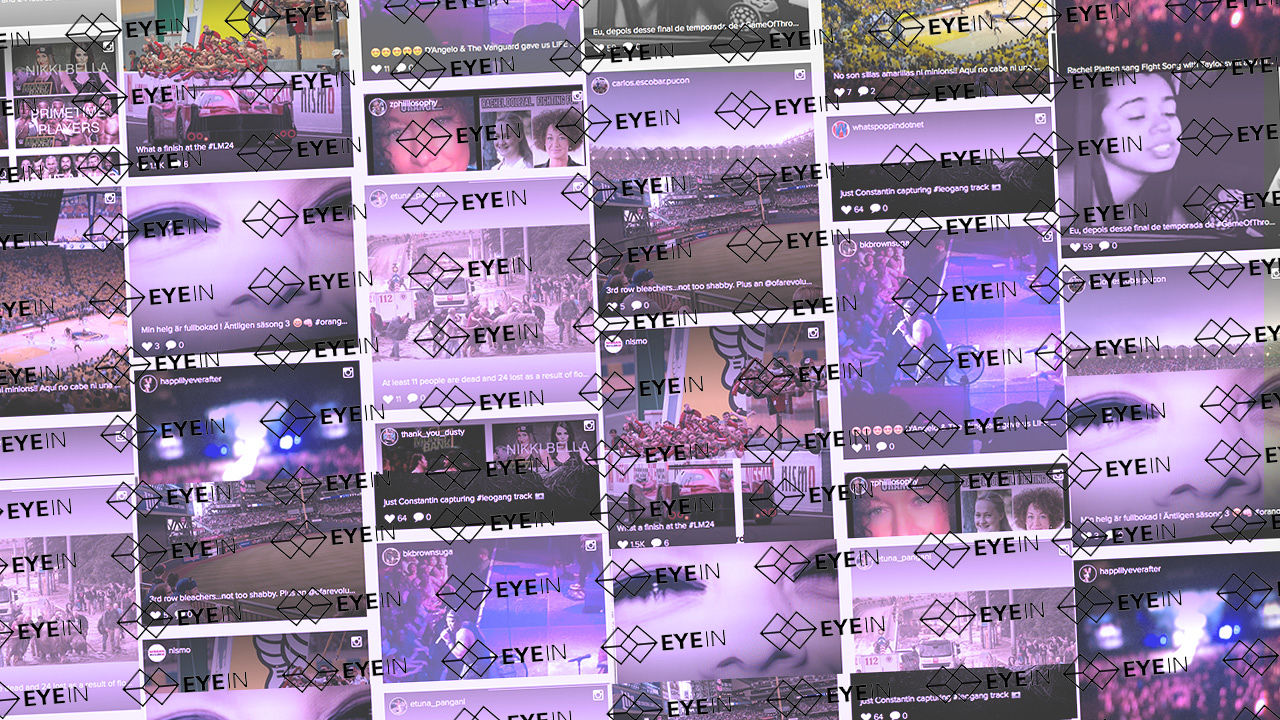The Instagram Search Engine Wars: Why machine vision’s the subsequent big factor For manufacturers
A wave of new startups can determine brands, area, and folks inside Instagram images.
June 15, 2015
a new wave of Instagram search engines like google are coming… and instead of being operated by means of mother or father firm facebook, they’re coming from non-public providers. EyeIn, launched lately by way of Israel-based photo app Mobli (and the creator of cult/Silicon Valley-punchline app Yo) is among the first contestants in a quickly-to-be crowded area. The prize? Making lots of of tens of millions of greenbacks by means of aggregating and sorting the unending stream of photo knowledge coming out of Instagram.
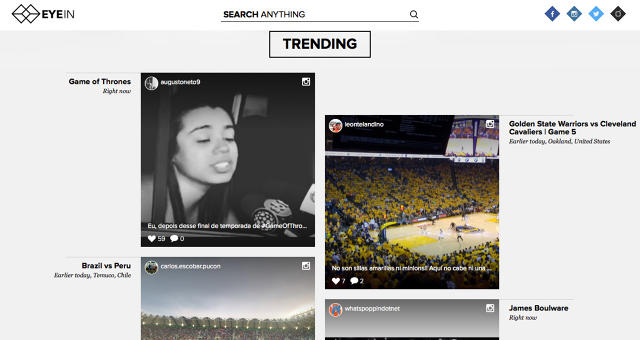
EyeIn is a search engine designed to help advertisers to find pictures on Instagram, Twitter, Mobli and different platforms. They’ve signed preliminary clients up like Huffington put up and Rant Media, who use the carrier to search out photography uploaded to social media to incorporate in their stories. because Instagram pictures are free—and royalty-free—to incorporate in online content, publishers naturally love them. EyeIn and their impending rivals are betting publishers will generate giant bucks for identical Instagram serps. In EyeIn’s case, they plan to monetize the hunt engine through advertising and content material advice in a writer plug-in appended to the bottom of web pages just like those provided by means of two other Israeli firms, Outbrain and Taboola.
Moshe Hogeg, EyeIn’s CEO, explained the way the search engine works in an e-mail to fast firm:
EyeIn is the primary search instrument to truly channel the improbable power of user generated content to provide a search engine that is related and impactful for visual media. should you search “Cleveland Cavaliers” in Google, you would obtain a page stuffed with knowledge that also is familiar with the context of the inquiry. It would not simply have the team’s web site, it displays articles from the news and has a boxscore from probably the most up to date recreation. if you did the same Google search in photography, all you get is inventory photographs without any connection to the most important news connected to these photography and that search.
the reason is easy: Google is an online crawler and whereas that works well for textual content, it’s extremely slow for photography and it does not faucet into social media successfully. then again, EyeIn would offer you get right of entry to to the myriad of distinctive views from fanatics at the recreation providing a richer and more nuanced view of the experience.
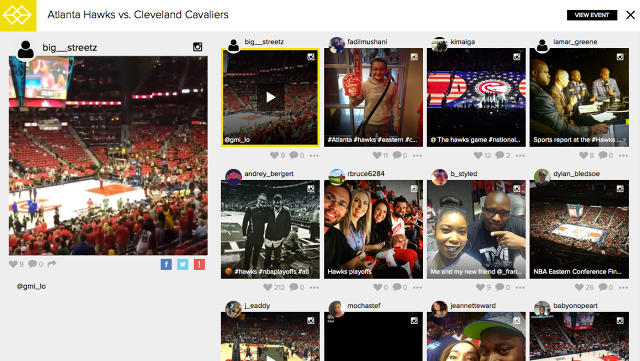
The Dearth of Instagram search engines like google
exceedingly for one of these market-dominant platform—Instagram has 300 million month-to-month customers as of late 2014—Instagram and their company overseers at fb were slow to capitalize on the web page’s search capabilities. regardless of a latest net makeover, searching thru Instagram’s core app is based totally round both hashtags or username features. finding pictures of a specific position, adventure, or emotion via Instagram requires considerable work.
by way of electronic mail, Huffington put up multimedia platform supervisor Marc Janks explained that “the first time we used the EyeIn plug-in was for an Ed Sheeran live performance. at the concert Sheeran brought enthusiasts on stage, took selfies, and videos, and all of that media used to be incorporated into the EyeIn plug-in. one of the vital very best elements about that was that our editors didn’t need to spend time sourcing and finding relevant content material, throughout the thousands and thousands of social media structures, from Twitter, Instagram, and fb, EyeIn just did it for us.”
a number of third-birthday celebration engines like google corresponding to Iconosquare, FindGram, and PictureGr.am have popped up over the past few years which permit net-based totally searches of Instagram. but the massive firehose of picture knowledge that’s continuously posted to Instagram has generally escaped the watchful eyes of marketers and different 1/3 parties starting from intelligence businesses to media organizations to sports activities groups. on the other hand, new advances in machine learning and picture reputation are changing that.
computing device learning, Meet Selfies
EyeIn’s worth proposition to the Huffington submit and others is discreet: We permit you to to find content material, and also you generate clicks for us.
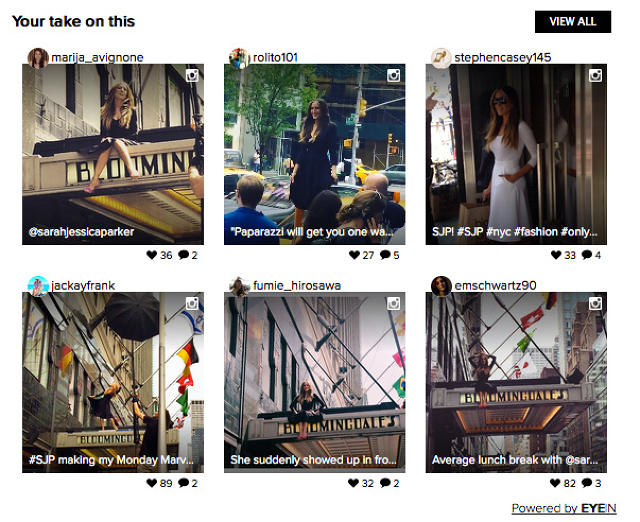
once I met with Hogeg a number of months in the past, he used to be serious about the probabilities that computer finding out meant in the case of image popularity (Disclosure: Mobli’s public relations company was once helping to arrange a Tel Aviv tech convention I was once conversing at). He used to be enthusiastic about the concept that algorithms and expertise have been now at a level the place the contents of pictures—rather than metadata equivalent to the location and the time a picture was once taken—can be mined with the aid of startups. but EyeIn aren’t the only ones doing this.
EyeIn’s model makes use of visible attractiveness algorithms and computer imaginative and prescient to mine content for publishers. however some other company, mathematician Stephen Wolfram’s Wolfram Alpha, unveiled a reverse picture identifier last month that relies on many of the same concepts as EyeIn. The image identifier allows customers to add any picture, after which Wolfram Alpha—with an amazing stage of accuracy—will let you know what is within the picture.
in a similar fashion, Google unveiled their new Google images app at the 2015 I/O convention, which additionally applies machine learning to images. sort in large identifiers like “Golden Retriever with the aid of Pyramids,” and Google photos will mine it from the picture archive you add. but unlike Mobli, Google is sitting on near-limitless money reserves and has much less motivation to monetize their image attractiveness know-how.
Why Advertisers Care about the logo on your T-Shirt

a couple of weeks in the past, I had the probability to speak with Yann LeCun, one among fb’s (and the arena’s) prime consultants on computing device finding out and “deep finding out”—the esoteric box of study which teaches computers methods to categorize and recognize the whole thing from the contents of images to the nuances of a spoken conversation. LeCun used to be particularly thinking about image acceptance, and the potential for computer systems to keep in mind the whole lot from X-rays to on a regular basis side road photography. He used facebook’s facial recognition as a case study, however stated that the methodology is changing into more and more common.
It’s no surprise that Google unveiled their new Google images app, which features robust identification of people and objects within pictures, this year. The tactics at the back of picture attractiveness and deep studying are grow to be easier to leverage, and the numerous barriers to entry into the sphere keep on turning into more uncomplicated.
If Hogeg and Mobli play it good, they’re likely to make a tidy profit on EyeIn. meanwhile, it’s a secure bet to think there are a number of rivals offering similar engines like google for the contents of pictures on Instagram, Google, and Flickr flanking from the rear. both Google and facebook have a long way more straightforward ways of creating wealth than cracking open proper search features for Instagram and Google-indexed photographs, respectively. however for smaller corporations with excellent desktop vision algorithms (or the cash to rent computer vision-savvy ability), it’s open season.
(146)

